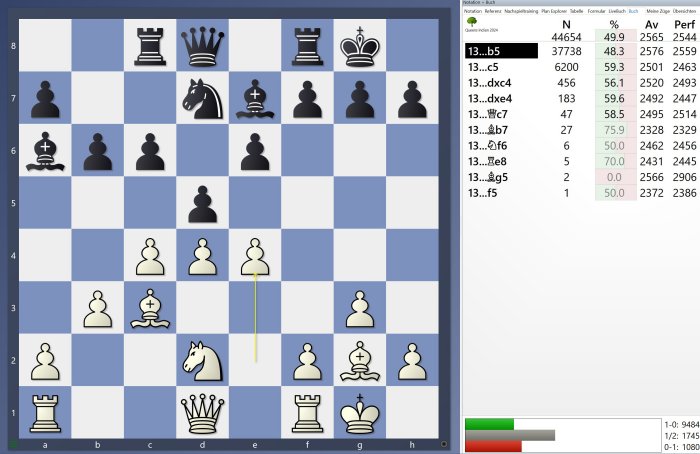Pop-up for detailed settings
We use cookies and comparable technologies to provide certain functions, to improve the user experience and to offer interest-oriented content. Depending on their intended use, cookies may be used in addition to technically required cookies, analysis cookies and marketing cookies. You can decide which cookies to use by selecting the appropriate options below. Please note that your selection may affect the functionality of the service. Further information can be found in our privacy policy.
- Accueil Accueil
- ArticlesArticles A-Z
- Articles A-Z
- Bases de données
- Programmes d'échecs
- Entraînement
- Magazine ChessBase
- Compte ChessBase
- ChessBase Books
- Apprendre à jouer aux échecs
- Principes de base
- Bon d'achat
- Divers
- Signets
- OuverturesOuvertures A-Z Ouvertures A-Z
- Auteurs Auteurs
- Filtres Filtres
- soutien soutien
- Mes téléchargementsDownloads
Mot de passe oublié?
Entrez, s.v.p., votre adresse e.mail. Vous recevrez de suite un courriel avec un lien pour réinitialiser votre mot de passe.
Créer un compte
Nouveau client? Créez votre compte sur la boutique de ChessBase avec l'adresse de votre courriel et votre mot de passe. Vous bénéficiez alors de tous les avantages: accès rapide à l'historique de vos commandes, assistance et sauvegarde des produits téléchargés, lettre d'actualités gratuite.



